Theory
Drives:
Any machine comprises of the three following components.
- Prime Mover
- Power Transmission system
- Machine
Power is generated by the prime mover. The prime mover may be electric motor, steam engine, IC engine or a water turbine.
Power generated by the prime mover is given to the machine by the transmission system. Machine does the useful work using this power.
In Electric drive, electric motor is used as the prime mover. Suitable type of transmission system is used.
Conversion equipment like rectifier, frequency changer and control equipment like speed control , braking etc are also included in electric drive.
Block Diagram of Electrical Drive:
The following are the components of electric drive.
- Source (Energy requirement for the operation the system)
- Power Modulator (Modulate (adjust or convert) power flow from the source to the load)
- Motor (Actual energy converting machine (electrical to mechanical))
- Load (A machinery to accomplish a given task. Eg-fans, pumps, washing machine etc.)
- Sensing Unit (Measure the real time operating condition)
- Control Unit (Adjust motor and load characteristics for the optimal mode.)
Source:
Electrical power source is needed to drive the eletric motor. A. C. suply of suitable voltage and frequency is used where the supply system is A. C. In our country 230 V, 50 Hz is used for single phase and 415 V, 50 Hz is used for the three phase power source. Where D. C. power source is used for the D. C. system.
Power modulators:
Power modulators regulate the power flow from source to the motor to enable the motor to develop the torque speed characteristics required by the load.
The common function of the power modulator is,
- They contain and control the source and motor currents with in permissible limits during the transient operations such as starting, braking, speed reversal etc.
- They converts the input electrical energy into the form as required by the motors.
- Adjusts the mode of operation of the motor that is motoring, braking are regenerative.
Converters:
They provide adjustable voltage/current/frequency to control speed, torque output power of the motor.
The various type of converters are,
- AC to DC rectifiers
- DC to DC choppers
- AC to AC Cyclo-converter
- DC to AC Inverters
Motor:
The type of motor used depends upon many factors like characteristics of load, whether the speed control is required or not, if required , whether continuous control is needed or two to three fixed speed are needed.
The motor may be of:
- D. C. Series motor
- D. C. Shunt motor
- D. C. Compound motor
- Synchronous motor
- Schrage motor
- Single Phase Induction Motor
- A. C. Series Motor
Load:
The load may be a machine, pump, compressor, electric locomotive, machine tool, elevator etc.
Sensing Unit:
Sensors are used in automatic closed loop system. They measure various parameter like motor speed, supply voltage, current etc and control the motor output.
Control Unit:
It controls the power modulator and extract the desired output from the converter.

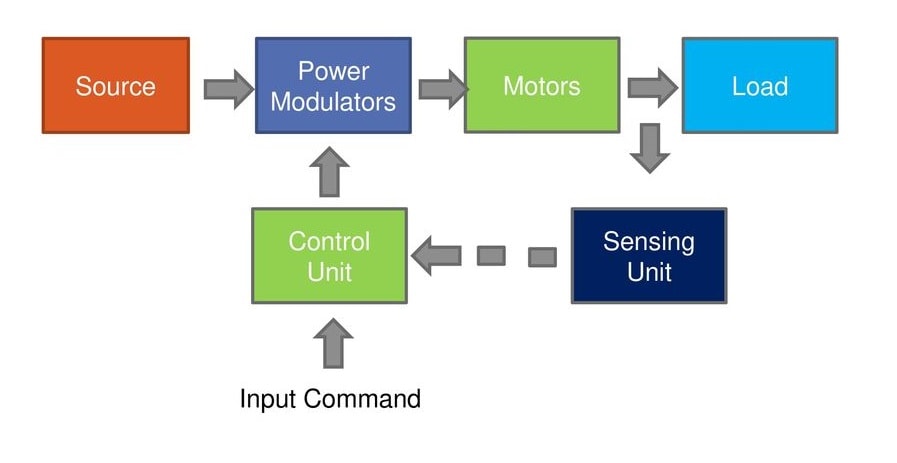
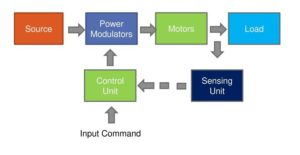
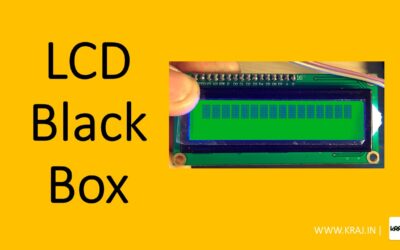
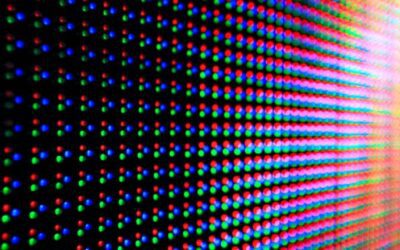
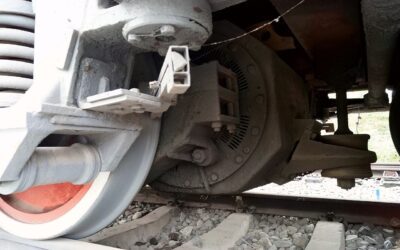
0 Comments